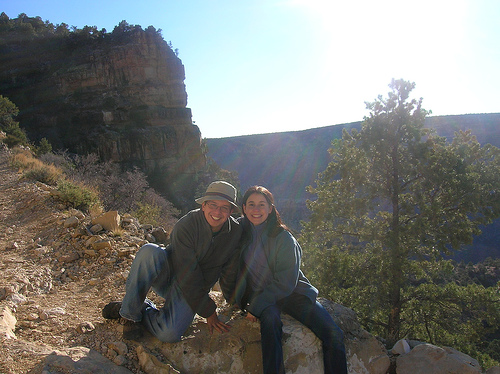To Pilots, Shea Is Less Ballpark Than Landmark
For 44 years, the procession of planes from nearby La Guardia Airport has contributed to an unusual ballpark soundtrack at Shea Stadium, the roar of jet engines a thousand feet above blending with the cracks of bats and the cries from hot dog vendors.
With the stadium set to shut its gates for the final time — possibly Sunday, if the Mets fail to reach the playoffs — the spectators who can claim perhaps the most peculiar relationship with the ballpark may be airline pilots who, with a bird’s-eye peek at the field through cockpit windows, have participated in that uncommon convergence of baseball and aviation.
“You are so low and close you can see it and almost smell it,” said Glen Millen, who estimates that he has flown into and out of La Guardia 1,800 times since he began flying for American Airlines in 1986.
La Guardia is one of the few airports in the country where pilots use land markers instead of instruments to guide their landings, along with Seattle (a shopping mall) and Washington (a river). Shea Stadium, which from the sky looks like a blue circle with a green center, is a primary runway guidepost. For one of the more common landing routes, pilots are instructed to follow the Long Island Expressway until they arrive at the eastern side of the stadium, at which point they bank the plane left around the outfield wall and head straight for Runway 31.
Among pilots and air-traffic controllers, it is known as the “expressway visual approach.”
“We make a sweeping turn around Shea Stadium to land, and you bank the airplane and out of the corner of your eye you can see the scoreboard and the players,” said Joe Romanko, a pilot with American Airlines since 1990, who estimated that he had taken off from and landed at La Guardia 1,000 times.
“As you start coming around from right field to center field around the stadium, the fact that there is no back on the stadium allows you to see all the way in,” Romanko added, referring to Shea’s C-shape design. “It’s more dramatic at night because you track the lights on the stadium from way out. You can follow the lights all the way in and then you see the grass and the players.”
In 1964, the Mets’ first season at Shea, a pilot got an even closer look. He mistook the lights on top of the stadium for the runway and nearly hit it as the team took batting practice before a game against the St. Louis Cardinals, according to sportswriters who covered the Mets that season and a player on the field that day.
Bill Wakefield, a relief pitcher with the Mets in ’64, said Cardinals players chided him after the near miss. “They came up to me and rolled their eyes and said, ‘How can you play in this stadium?’ ” he said.
Until the 1980s, when radios that were used in cockpits to pick up transmitters began to be phased out, some pilots would tune them to the local broadcasts of the Mets’ games during landing and take-off.
“You would dial in and you could hear your plane fly over,” said Sam Mayer, a pilot with American Airlines since 1990. “There were guys who would goose the throttles to make a louder noise so they could hear themselves on the radio.”
The expressway visual approach, used for about a quarter of commercial landings, shortens trips for planes approaching from the south, saving pilots from having to circle over the Long Island Sound before making a straight approach using instruments. The landing is done without instruments only when visibility is high.
Considering the unusual relationship between airport and ballpark, perhaps it was inevitable that a pilot looking down on Shea would share a name with one of the biggest stars on the field below. Mike Piazza, a first officer for Delta Airlines, says he has landed at La Guardia about 60 times, including trips earlier this decade when another Mike Piazza was the Mets’ top slugger.
“Especially back in 2001 and 2002, there were times we just flew over the stadium we would say, ‘Mike Piazza is playing baseball and in the airplane,’ ” said Piazza the pilot, who is based in Atlanta. “I would say goodbye to everyone when they got off the plane and they would grab my name tag to check my name.”
Next season, Piazza and other pilots will have nearly the same vantage point for games at Citi Field, the Mets’ new home, which is being built next to Shea in its old parking lot.
“It will be a little trial and error the first few times as we learn how far we need to be from Citi Field after Shea is gone,” Mayer said.
“One of your familiar landmarks and orientation points won’t be there anymore.”
Of course, some of the pilots have experienced Shea the more conventional way, as fans in the seats. During many of his approaches to La Guardia, Romanko said, his mind wandered back to when he sat in the stands at Shea as a child.
“It brings up memories for me,” he said. “There is some kid probably watching me coming around.”





No comments:
Post a Comment